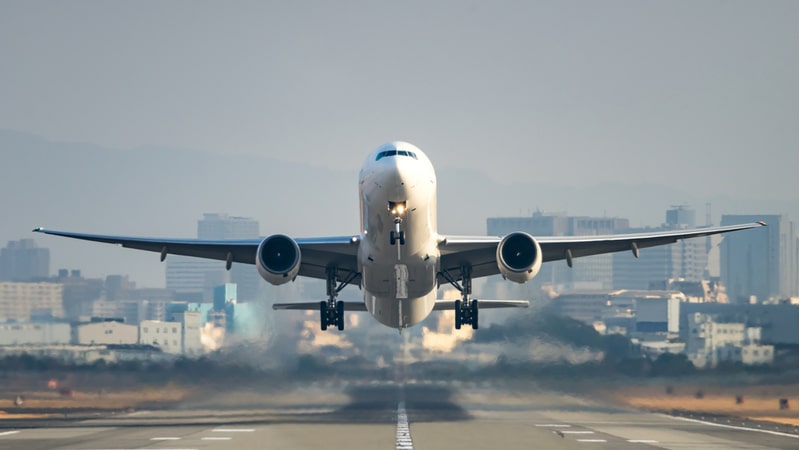
The nation’s airspace is getting more crowded, and technology – and the funding necessary to put it to work – doesn’t appear to be keeping up.
That was the consensus opinion across the aisle during a House Appropriations Transportation, Housing and Urban Development, and Related Agencies Subcommittee hearing on Wednesday to review the Federal Aviation Administration fiscal year (FY) 2026 budget request.
FAA Acting Administrator Chris Rocheleau testified in front of the subcommittee and was met with skepticism on whether the White House’s budget proposal giving the agency $22 billion – a five percent increase above its enacted FY25 budget – was enough to meet the agency’s needs.
“This budget doesn’t contemplate the scale of improvements [Department of Transportation Secretary Sean Duffy] has announced are necessary,” said Subcommittee Chair Steve Womack, R-Ark., in opening statements. “We cannot repeat the NextGen boondoggle where we allowed a program to drag on for decades while technology outpaced its implementation.”
Similarly, ranking member Jim Clyburn, D-S.C., pointed to dwindling confidence in the United States’ ability to maintain a safe airspace amid FAA staffing cuts and high modernization costs.
“The FAA’s 2026 budget request provides normal increases to backfill our air traffic controller workforce and sustain FAA agents, facilitators and technology, all of which I support,” said Rep. Clyburn.
“While there are proposed resources set aside for modernizing the FAA, I am concerned that they come at the expense of advancing FAA aviation safety, research engineering and developing programs which are essential investments,” he said.
The hearing comes on the tail of years of increasing concern among lawmakers, public officials and industry members about the FAA’s continued use of decades-old legacy technology – such as air traffic control (ATC) towers, of which 27 were found to be unsustainable following a report last fall from the Government Accountability Office.
The Federal watchdog also found in its report that over 100 of the FAA’s 138 systems are unsustainable or potentially unsustainable, with half of those resulting in potentially “critical” impacts on airspace operations.
“It is imperative that we invest in the future of our air traffic system, we’re spending over 90 percent of our funding right now just on maintaining, sometimes mandating, some of the equipment that we have,” Rocheleau told lawmakers.
He added that under the FY2026 budget request – in addition to modernizing ATC systems – 2,000 new air traffic controllers would be trained at FAA’s Oklahoma City academy, while $1 billion would go to upgrading fiber-optic connectivity between facilities, and additional funds would accelerate radar and radio replacements.
Rocheleau also told lawmakers that the agency has used artificial intelligence to pick up on data the FAA may have previously missed to clue it in on safety incidents, a process that began after a fatal incident involved an American Airlines passenger jet colliding with a military helicopter outside of Washington in January.
“This system is incredibly safe, and that matters to me personally,” said Rocheleau in response to concerns from lawmakers. “It matters to my leadership team that I meet with on a weekly basis, and it matters to the 45,000 people that come to work every day for the FAA.”
Rep. Tony Gonzales, R-Texas, pushed the acting administrator on drone safety, telling Rocheleau he is worried about the rise in drone activity throughout national airspace.
“We often talk about aircraft falling out of the sky … But I’m worried about these increased amounts of unmanned aircraft systems (UAS) … that are falling out of the sky,” said Rep. Gonzales, adding that he “just saw Ukraine conduct one of the most significant operations of the Russian-Ukraine war,” and with “a small amount of quadcopters … they were able to decimate Russia’s … long-range strategic bombers.”
Rocheleau gave his assurance that U.S. airspace is safe from drone threats, saying “our airspace today is capable of managing safe integration of UAS.” But he also said he couldn’t give “an accurate account” of how many drones are in U.S. airspace every day.
“We should absolutely know what drones are in our airspace every single day, and that’s what I want us to get to,” said Rep. Gonzales. “I don’t want to wait until it’s after the fact.”
